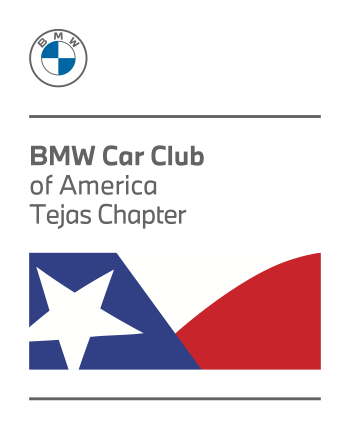One thing you'll notice about all of our event pages is that they encourage you to bring 2-way radios if you have them. We use GMRS radios to communicate while driving. This could be anything from amusing banter to important instructions along the route. While certainly not required, they definitely enhance the enjoyment of our drives.
We operate on channel 20, sub-channel 3
We strongly recommend true GMRS radios and not the less powerful FRS radios. More often than not, what is available at your local Walmart or sporting goods store is FRS, not GMRS, so check the packaging. You technically need an FCC GMRS license (obtainable from the FCC website) to operate these radios, though we would estimate the vast majority of GMRS operators do not obtain a license.
There's lots of different options depending on your budget and how much you like to tinker. We recommend Midland brand radios for most people. Any of their radios will be fine, but below are some of the best choices.
Midland GXT3000 - If you're not sure, buy these.
NOTE: This is a new model. The GXT3000 is the set to have, not the older and still more common GXT1000, which is over a decade old technology at this point. |
|
Wouxun KG-S65G If you want to tinker, there are prosumer grade GMRS radios to be had. These will give you a full 5 watts of power on channel 20, and they'll have a removable antenna which can be upgraded if you desire. At handheld power levels, a good antenna is way more useful than another watt of power.
There are other even more sophisticated Wouxun radios available but this is a new model and the most user-friendly for the tech-savvy but not full-on radio nerds. |
|
Midland MXT-275 For when you absolutely must be heard and you're willing to figure out how to run some wires. This supports an external antenna which is more important than the power it provides. |
|
At this point we don't recommend any Baofeng radios unless they are known to be a GMRS-specific unit, as they have started locking other models down to not allow transmit on GMRS channels. Baofeng radios are a great value but they require more radio knowledge to get the most out of them, and can be challenging to program on the fly. We also don't recommend Motorola radios, mostly just because we have such good results with Midland, not because Motorola is deficient in any way.
While we can't go into the specifics for every radio on the market, here are the key steps to look for in your user manual:
If your radio has "channels" (Midland, Motorola, etc), use channel 20
If your radio has "frequencies", use 462.675MHz - Note: these may still be called channels, but they are using that word in terms of a preset or memory slot, not a specific GMRS channel.
If your radio has channels, use sub channel 3. This may be referred to as a privacy code, a PL Tone or CTCSS in your manual. They all mean the same thing. This is NOT the same as "DCS" or "Group Codes" - these will not work.
If your radio has frequencies, the CTCSS frequency is 74.4Hz
When in doubt, bring your radios and ask someone with already-set-up units to help you program them and do a radio check
